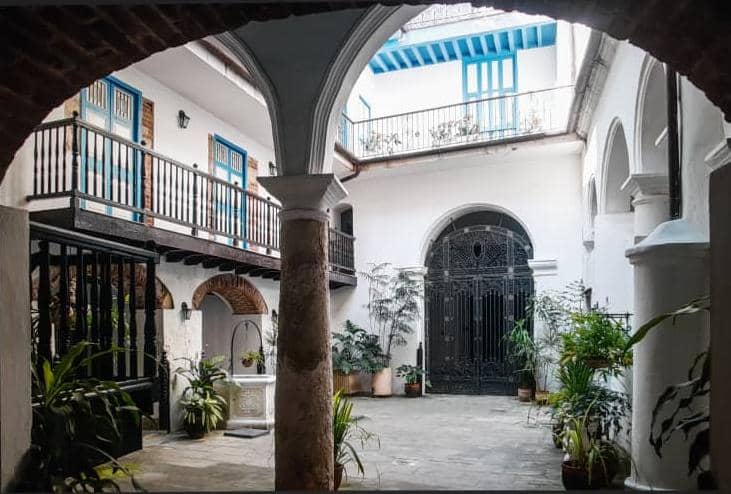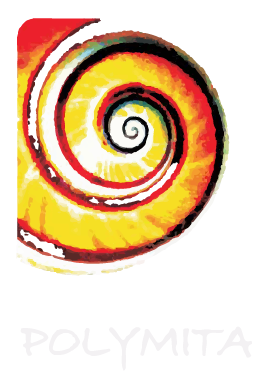

ARTICLE
THE SPANISH MODELS OF THE CUBAN HOUSE.
BY: ALICIA GARCÍA SANTANA
This text entitled The Spanish models of the Cuban house (Volume 1) authored by Alicia García Santana, with photos by Julio Larramendi and Carlos García, is part of a larger work on the Cuban house of the colonial period. It is dedicated to the study of the Spanish patio-house, a model that serves as a reference to the Cuban house of the colonial period in a particular sense and in a general sense of the Spanish-American one. It is the first of a series that will then study in the second volume the process of creolization of Hispanic models, in order to address in the third the cultural miscegenation of Creole housing with other non-Hispanic incidents acting on Cuba and the Caribbean.
García Santana studies the process of configuring the house-patio from its first expressions in Antiquity to that of the late fifteenth century in Spain, a highly complex issue due to the characteristics of the historical process that occurred in the Iberian Peninsula, inhabited by peoples of different origins and religions: Christians and Muslims. Through Muslims and Christians, two models of patio-houses were installed in Spain: the one of ancestral oriental origin, later adopted by the former, and the one of Greco-Latin lineage, which was revived after the resurgence of urban life in the XII century. From the long coexistence between one and the other, the Mudejar house emerged, an immediate antecedent of Cuban housing from the colonial period. The book has, therefore, three chapters: the first dedicated to the study of the Muslim household; the second, to the Christian house; and, the third, to the Mudejar house, although the author warns us that «in medieval Spain it is hardly possible to separate the «Christian» from the «Mudejar», as long as the process of Mudejarization of architecture is profound. Said classification responds only to a way of organizing the exhibition in the interest of unraveling the intricate skein that involves the development of Spanish domestic architecture in the Middle Ages.» This book defends the thesis that it is Mudejar architecture, more precisely the Castilian Gothic-Mudejar, the starting point of the Cuban achievements of the colonial period.
The book is based on the analysis, consultation and reference of a wide bibliography on the subject and also on the in situ study of the houses of the main cities linked to the crown of Castilla, in a journey that covered the cities from Santiago de Compostela to San Sebastian; from San Sebastián to the areas linked to Burgos and Salamanca; the surroundings of Madrid, with special interest in the cities of Toledo and Segovia; the passage through numerous cities of Castilla-La Mancha and Extremadura and Andalusia. The process of configuring the house is illustrated with a wide and valuable photographic testimony, expressive by itself of the peculiarities of the house studied, whose better understanding and knowledge would allow, as the author affirms, "to contribute to a better reading of the house Cuban culture and, consequently, justify its conservation with the most solid reasons.” Cuba has testimonies of domestic architecture of great value for the purposes of national culture and, in a broader sense, on a regional scale, within expressions under influence of Hispanic culture. Undoubtedly, a true understanding of the ties that unite us to Spain will allow us to more clearly identify what is distinctive, the confessed purpose of this beautiful title with which the Cuban bibliography on the subject is enriched.
.jpeg)


